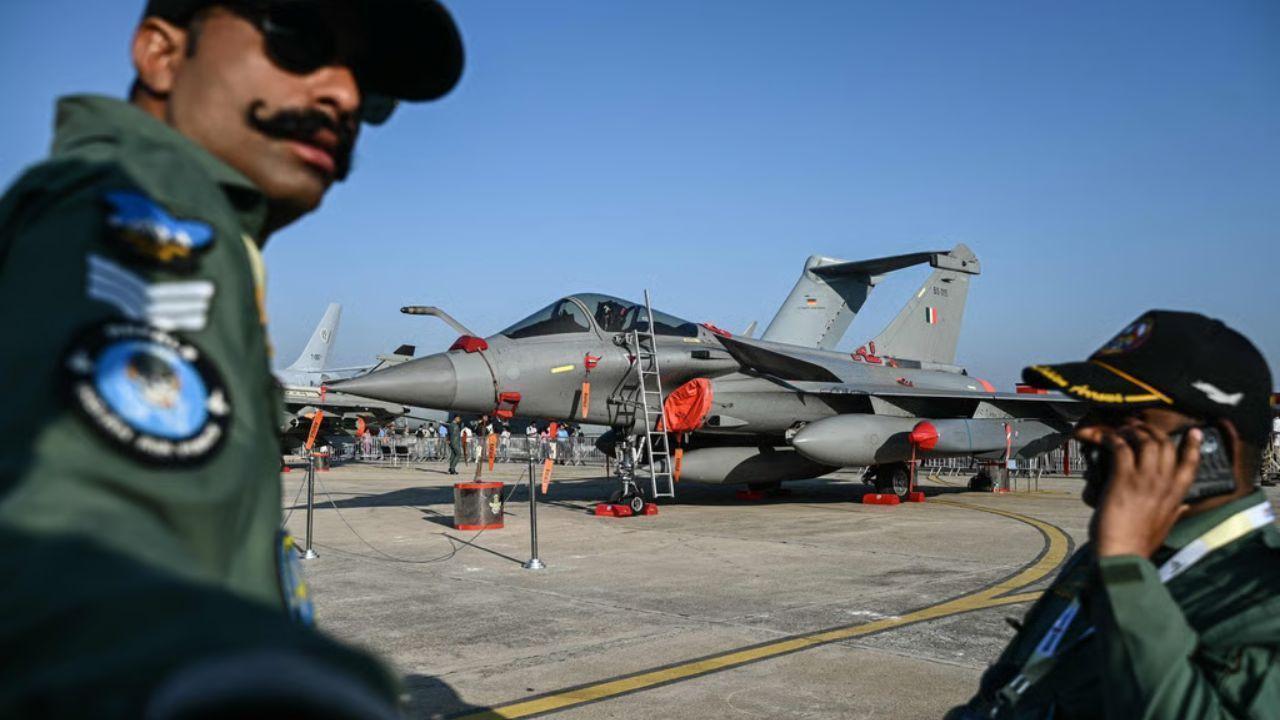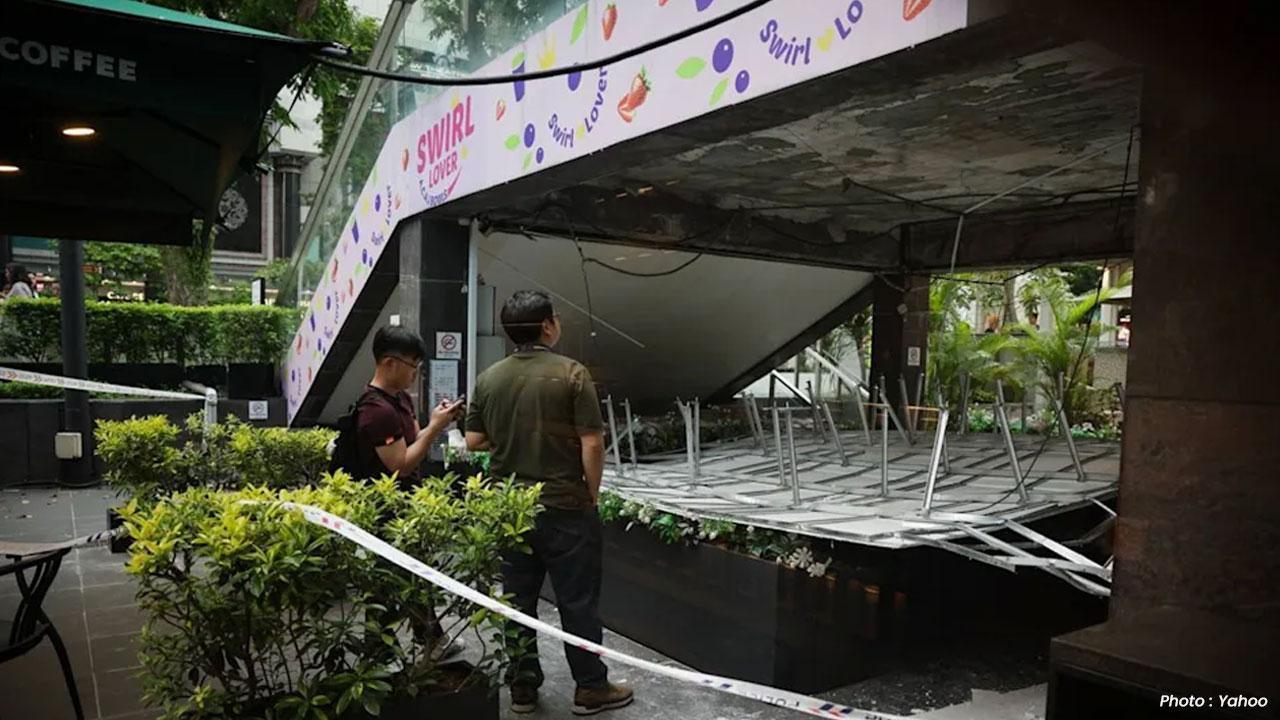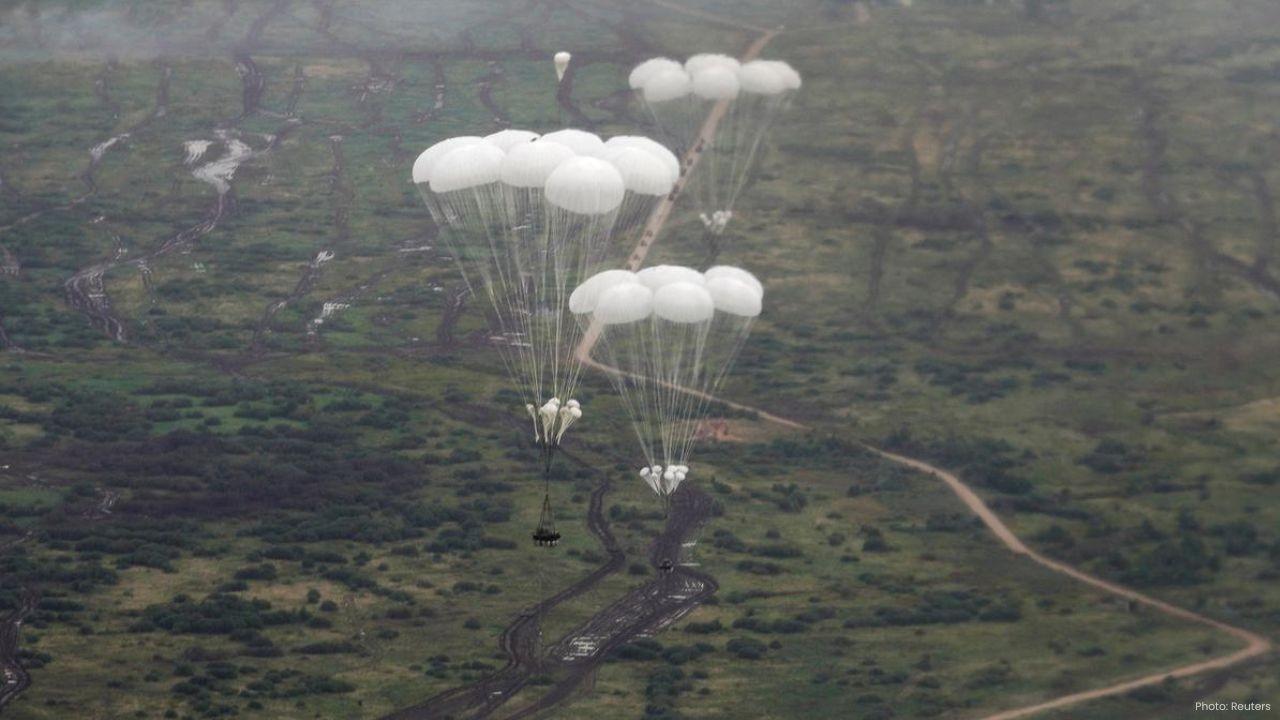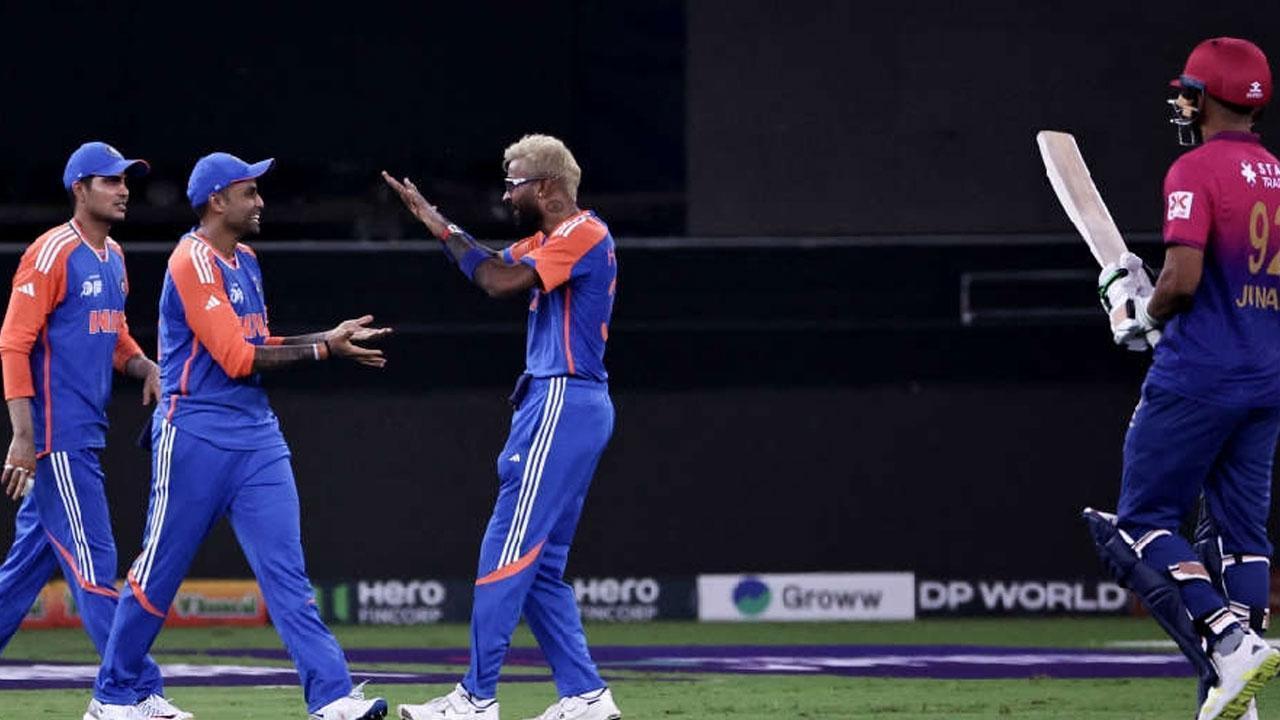
Join 10k+ people to get notified about new posts, news and tips.
Do not worry we don't spam!

Post by : Jyoti Gupta
Photo:AFP
India and Pakistan have entered a new phase of military competition, investing massive sums in advanced missile technology. Experts say this escalation could define the strategic landscape of South Asia for years to come. The developments come in the aftermath of a deadly four-day border clash in May, which was among the most intense and sustained confrontations between the nuclear-armed neighbours in recent memory.
India’s Defence Modernisation: BrahMos and SAAW
Earlier this month, India announced plans to procure an additional 110 BrahMos supersonic cruise missiles. The missiles are part of a broader defence package worth 670 billion rupees (approximately US$8.7 billion). The BrahMos, developed jointly with Russia, is considered one of India’s most effective strategic weapons due to its speed, accuracy, and capability to strike heavily defended targets from long distances. Analysts say this purchase demonstrates India’s intent to maintain a technological edge in missile warfare.
Simultaneously, India is upgrading its indigenous Smart Anti-Airfield Weapon (SAAW). The new version will include advanced guidance systems and will be compatible with both the Indian Air Force’s Russian Sukhoi Su-30MKI and French Rafale fighter jets. With a strike range of 200 kilometers (124 miles), the upgraded SAAW allows the Indian Air Force to target critical enemy assets, including airfields, bunkers, and military infrastructure, without crossing into hostile airspace. Defence experts describe it as a “mini air-launched cruise missile” with precision-strike capabilities, which complements India’s existing missile inventory, including the BrahMos and longer-range ballistic missiles.
Pakistan Responds: New Rocket Force
In a significant countermeasure, Pakistan announced plans to establish a new rocket force, designed to match India’s growing missile capabilities. Unveiled on Pakistan’s Independence Day, the new unit will reportedly include advanced missile technology and improved command-and-control systems. Prime Minister Shehbaz Sharif emphasized that the rocket force will enhance the country’s military potential and bolster its ability to respond effectively to threats from India.
Defence analysts note that Pakistan’s approach is inspired by China’s own successful rocket corps, which has been a central pillar of Beijing’s strategic deterrence. Islamabad is also expected to leverage the BeiDou satellite navigation system to improve the accuracy and range of its missile arsenal. Experts say this move is a direct response to lessons learned during the May border clashes, where Pakistan’s missile systems were found to be less effective than anticipated.
Lessons from the May Clashes
The recent border escalation followed a deadly terrorist attack in Kashmir’s Pahalgam region in April, which claimed 26 lives. India blamed Pakistan for supporting militant groups behind the attack and carried out targeted strikes on terrorist infrastructure across the Line of Control on May 7. Pakistan responded with its own military measures, leading to a four-day escalation where both sides deployed advanced missile systems.
During the clashes, India relied heavily on its BrahMos missiles, while Pakistan used Chinese-made PL-15 missiles. Analysts noted that India’s missile strikes were largely effective, whereas Pakistan’s air defence capabilities and missile performance fell short of expectations. This has led both countries to reassess their strategies. India is investing further in BrahMos missiles and upgraded SAAW systems, while Pakistan aims to build a more capable and modern rocket force to strengthen its deterrence.
Strategic Implications and Expert Analysis
Indian defence expert Ajey Lele explained that the clashes highlighted the importance of missile technology in modern warfare. “India recognized that BrahMos missiles were highly effective in the clashes, prompting further investment. Pakistan, in turn, is looking to close the gap and may focus on developing long-range supersonic missiles,” he said.
Rakesh Sharma, a retired lieutenant general in the Indian Army, said India’s focus is on creating a multi-layered defence system that includes anti-access, area denial, and integrated air defence technologies. “Multi-Mach speed missiles, resilient precision strikes, and sophisticated radar systems will be crucial. The upgraded SAAW represents a significant step forward, allowing India to strike high-value targets with minimal risk to aircraft and pilots,” he added.
On the Pakistani side, experts highlight that the new rocket force could be a game-changer. Modeled after China’s rocket corps, it will rely on advanced missile technology and satellite guidance to improve accuracy and effectiveness. Analysts caution, however, that the force’s operational success will depend on rigorous testing and integration with existing military systems.
Missile Capabilities Comparison
Both India and Pakistan maintain a mix of long-range, medium-range, and short-range missile systems. India’s Agni-V missile has a maximum range of 5,500–7,000 kilometers, while Pakistan’s Shaheen-III can reach up to 2,750 kilometers. Both countries also possess tactical nuclear weapons, ballistic missiles, and cruise missiles. The BrahMos, capable of carrying a 300kg warhead, complements India’s SAAW, which carries an 80kg warhead with pinpoint precision. Analysts say the combination of high-speed cruise missiles and precision-guided glide bombs gives India a strategic advantage in conventional conflicts.
Atul Kumar, a strategic studies expert, said Pakistan’s moves are aimed at addressing gaps revealed during the May clashes. “Indian air defence neutralized many Pakistani missiles and drones, prompting Pakistan to explore options for enhancing offensive capabilities. The rocket force will be central to this strategy,” he said.
Regional Security Concerns
The renewed arms race in South Asia has raised concerns about regional stability. Analysts warn that increased missile deployments and military spending could escalate tensions and increase the risk of miscalculations during border conflicts. Both India and Pakistan remain nuclear-armed, which adds an additional layer of complexity to the security situation.
Experts say that while missile development is essential for national security, transparency, dialogue, and confidence-building measures between the two countries are crucial to prevent an uncontrolled arms spiral. Failure to do so could make South Asia one of the most militarized and tense regions in the world, with global implications for peace and stability.
India and Pakistan’s recent arms developments mark the beginning of a new missile race in South Asia. India’s investment in BrahMos missiles and the upgraded SAAW enhances precision strike capabilities, while Pakistan’s new rocket force seeks to close the technological gap. Lessons from the May border clashes have shown the importance of missiles in modern warfare, and both countries are now racing to strengthen their strategic positions. Experts warn that the escalation could increase regional tensions and has major implications for South Asian security.
India-Pakistan










India Dominates UAE by 9 Wickets in Asia Cup 2025 Opener with Brilliant Bowling
India dominates UAE in Asia Cup 2025 opener, winning by 9 wickets with Kuldeep Yadav shining and a q

Karishma's Kids Get 1,900 Crore: Priya Kapoor Defends Sunjay Kapur Estate
Priya Kapur claims Karisma Kapoor’s children already received Rs 1,900 crore as court battle over Su

Akshay Kumar 58th Birthday Heartfelt Thanks to Fans and Colleagues
Bollywood star Akshay Kumar celebrates his 58th birthday with gratitude, thanking fans and colleague

Hina Khan Backs Ashnoor Kaur After Farhana Bhatt Bigg Boss 19 Remarks
Hina Khan supports Ashnoor Kaur after Farrhana Bhatt’s comment on Bigg Boss 19, sparking social medi

India Beats Korea 4-1 to Win Asia Cup 2025, Secures Spot in 2026 World Cup
India dominates Korea 4-1 in Asia Cup 2025 final, wins the title and qualifies for the 2026 Men’s Ho

Daniel Ricciardo Retires from Racing, Joins Ford as Global Motorsports Ambassador
Daniel Ricciardo ends his racing career and becomes Ford’s Global Racing Ambassador, staying connect